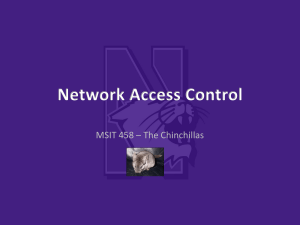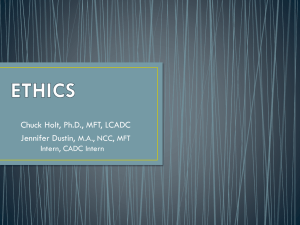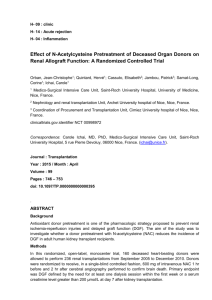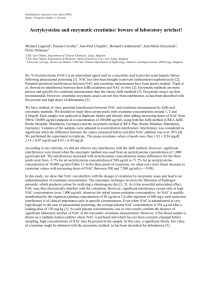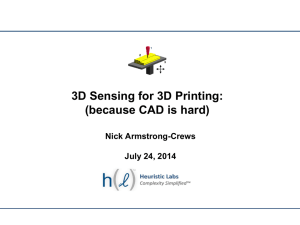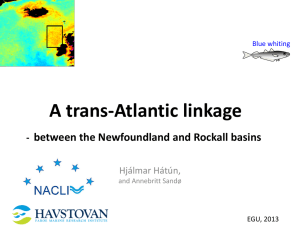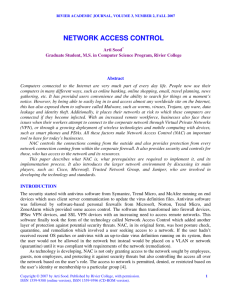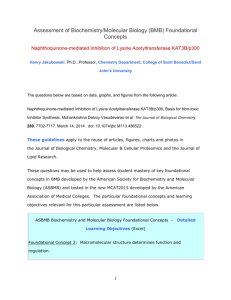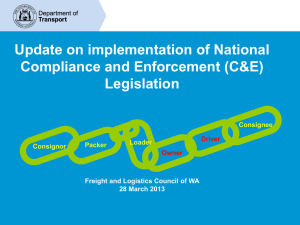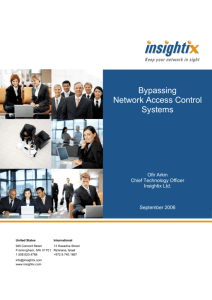Mobile Devices - Conference on Higher Education Computing in
advertisement
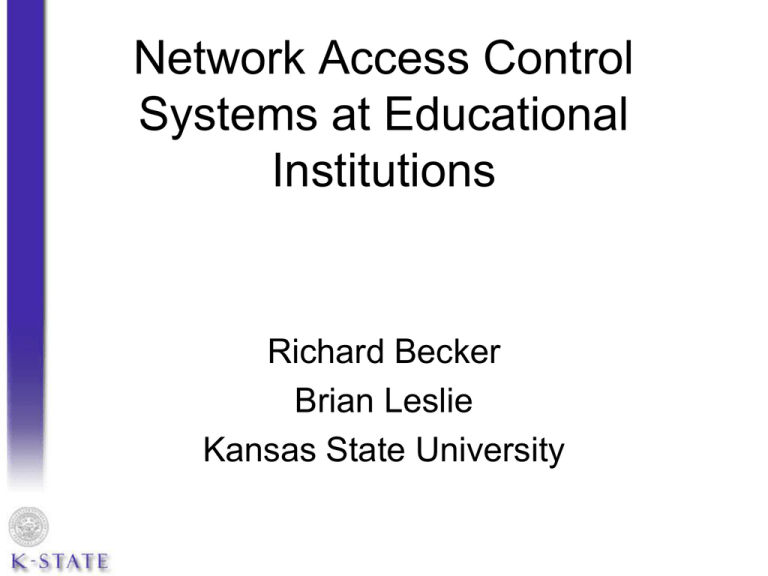
Network Access Control Systems at Educational Institutions Richard Becker Brian Leslie Kansas State University Definition of “NAC,” Network Access Control • Authentication. (Allows users/devices access based on credentials or device type.) • End-point security. (Device is responsible for its own security.) • Access Control. (Differentiating access.) Kansas State has provided NAC for campus residents for the last six years, placing it ahead of many peer institutions. Special NAC criteria at an educational institution: • Network environment is implicitly somewhat insecure. • Extremely heterogeneous pool of computers and devices. • “False negatives” (devices that fail NAC tests and are blocked) lead to users reacting very impatiently; “false positives” (devices improperly passed through) are relatively harmless. General criteria for choosing a NAC solution: • Long-term viability and continued focus of vendor. • Interoperability with existing equipment. • Pricing structure. • Ease of implementation. • Getting accurate customer feedback (not necessarily from vendor’s sales team!). General criteria for choosing a NAC solution (continued): • Granularity of control. • Scalability. (To network load, and to different areas of enterprise.) • Ambitiousness of control. (E.g., does NAC use VLAN’s to control access.) • Fail-state (in-line or out-of-line?). General criteria for choosing a NAC solution (continued): • Detection of rogue devices (especially NAT-ed). • Ease of creating custom policies. • Easy, intuitive remediation. (Does user get clear instructions?) In general, our experience is that choosing between multiple NAC solutions is extremely difficult and time-consuming. • "The products bear very little similarity to one another... There's no such thing as 'best of breed' in NAC, because for the 12 vendors we evaluated, there are nearly 12 different 'breeds' of NAC product. " (Network World, 5-24-2010) Bradford vs. Impulse • • • • • In-line and out-of-line Network topology requirements Knowledge of edge devices Fundamentals of operation Support of NAC hardware In-line vs. Out-of-line • Implications – Failure modes • Bradford implemented with HA pair • Impulse fails, allowing traffic – Performance – Hardware requirements – Scalability Network Topology • Bradford – Can be installed “anywhere” on the network • Must be able to receive SNMP traps and access network devices via SSH • Management and enforcement pair – Enforcement at layer 2 – Handles DHCP/DNS for Registration, Remediation, and Quarantine vlans – Recommended numbers of active clients Network Topology • Impulse SafeConnect – Needs to be routed by device for which it is providing enforcement – If Nat’ing is in use, it must be outside of enforcement scope – Requires use of netflow • Hardware support – Can be a single enforcer or multiple enforcers – Enforcement at layer 3 Knowledge of Edge Devices • Bradford – Must have control of edge network devices • Dependency on supported devices • Configuration management – Syncing vlans and switch port status – Misconfigured ports and enforcement – What about unmanaged switches, hubs? Knowledge of Edge Devices • Impulse SafeConnect – “Doesn’t care” what edge device is • NAT’ing implications Fundamentals of Operation • Bradford – Operates at layer 2 – Handles DHCP and DNS for Registration, Remediation, and Quarantine vlans – Receives SNMP traps as clients attach, or radius requests for wireless – Uses SSH to network devices for enforcement – Persistent Agent vs. Run-once – Policy enforcement and scheduled scans Fundamentals of Operation • Impulse SafeConnect – Operates at layer 3 – Uses netflow exports from router for client detection – Uses policy-based routing for enforcement – Policy key vs. Non-policy key devices – Policy enforcement constantly Support of NAC Hardware • Bradford – Most support falls on IT staff • Configuration backups • Monitoring system health • Hardware replacement / upgrades – On-line community support – Tech support available to work through issues – Software upgrades Support of NAC Hardware • Impulse SafeConnect – Managed service • • • • System monitoring Impulse backs up configurations Device replacement Software upgrades – Tech support covered by maintenance Kansas State's implementation of SafeConnect is based on these criteria: • • • • • Windows Computers User Authentication (eID, eID password) Windows Updates/Install Automatically turned on, pointed to WSUS server Campus antivirus (Trend Micro) turned on, definitions up-to-date Windows Firewall turned on Peer-to-Peer Detection Kansas State's implementation of SafeConnect is based on these criteria: Apple Computers • User authentication • Campus antivirus (Trend Micro) turned on, definitions up-to-date • OS X ver.10.5 or higher Kansas State's implementation of SafeConnect is based on these criteria: Linux Computers • (No compatible NAC agent software.) • User authentication Kansas State's implementation of SafeConnect is based on these criteria: Mobile Devices (browser based) • User authentication Misc. devices (Set-top media streamers, HDTV's, VOIP, etc.) • No checks; should be auto-detected. May require "manual pass" by help desk if device is not recognized. SafeConnect may seem – and is! – simplistic. Their philosophy is to check enough to maintain adequate security, but not to be over-ambitious. Ways to Subvert SafeConnect: • • • • • User agent string. Flashing MAC address. NATing behind Linux. Removing policy key. Using guest network. The most problematic of these, changing the user agent, takes 10 seconds in Chrome and Mozilla. SafeConnect’s stated philosophy is that “we worry about the 99% of users, rather than exerting maximum effort on the top 1%.” This makes sense, considering… In broad terms, this user is more of a threat than a technically sophisticated user. Summarizing – Can We Recommend SafeConnect? We have enough excitement at K-State without the network blowing up… Please contact us for questions or feedback. Richard Becker rlb@k-state.edu Brian Leslie bdleslie@k-state.edu

